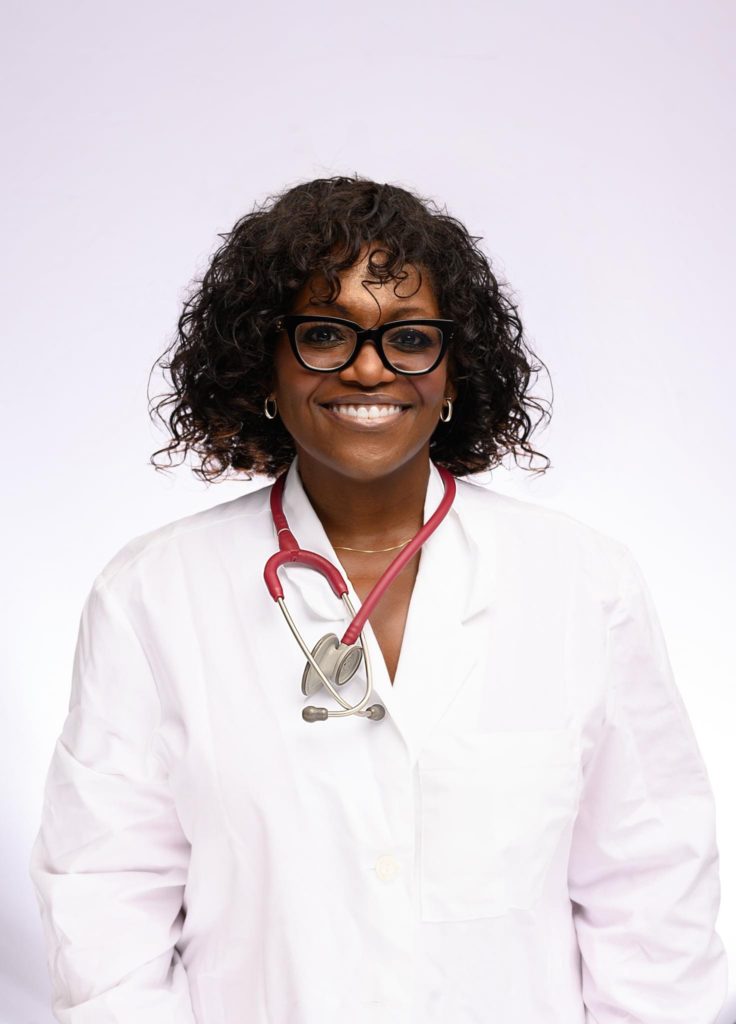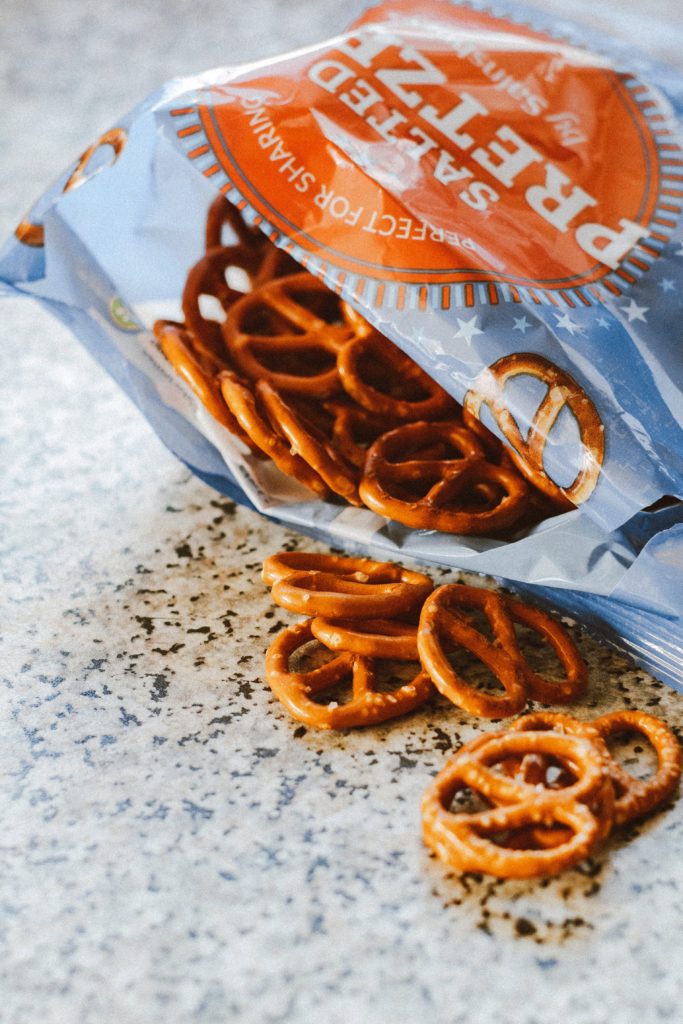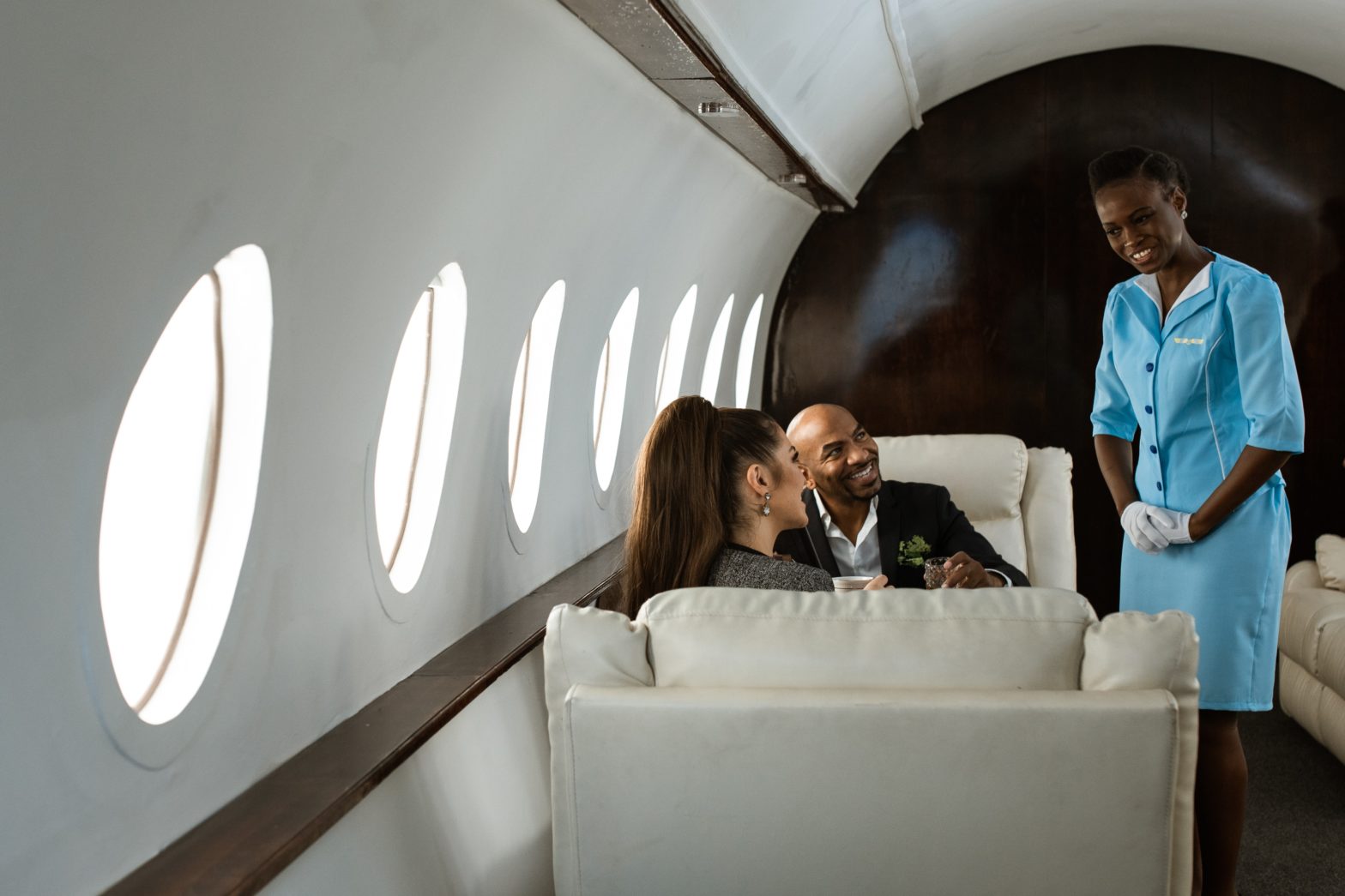When her mother discovered she had food allergies at 2 months old, Dr. Renee Matthews began a life that required her to be a bit more cautious when it came to enjoying delicious cuisine.
After years of being an advocate for allergy-friendly spaces, Matthews is now encouraging airlines to provide more accommodations for flyers who suffer from airborne allergies. With more than 32 million people battling food allergies in the US, according to the Asthma & Allergy Foundation of America, Matthews believes it is imperative that airlines take food allergies more seriously and enforce precautions to better protect flyers.
“The airlines need to be very, very careful because the last thing a flight attendant or pilot wants to deal with up in the air is someone stops breathing,” she said. “Because if someone has an anaphylactic reaction, that means that they are going to stop breathing.”
Like many travelers, Matthews is allergic to foods within the Top Eight, which include milk, eggs, fish, shellfish, tree nuts, peanuts, wheat, and soybeans, according to the FDA. While she is allergic to every food in this group, her only airborne allergy is to fish and shellfish. Knowing how simply the smell of fish could cause her to stop breathing, Matthews is extremely careful both in her everyday life and while traveling to ensure she doesn’t come in contact with these allergens. However, in her efforts to educate others, she realized many people were misinformed about allergies in the minority community.

“Once I started talking about it, I realized that having food allergies seemed to, for whatever reason, be a white thing, or that’s what people thought,” she said. “They didn’t think we had them for whatever reason so they never really addressed us and talked to our community.”
Matthews also realized that a lot of people suffering from food allergies in black and brown communities did not have equal access to allergy-friendly food options in the neighborhoods they lived in.
“Most of the time, a lot of these allergy-friendly substitutes, maybe the nut-free version or gluten-free, they’re more expensive than the regular food,” she said. “So of course, that eliminates a lot of people, which usually end up being black and brown people, from being able to afford these things.”
To counteract this disparity, Matthews is working with the Food and Allergy Research Education Corporation (FARE) on a show called In The Kitchen with Dr. Renee and Chef Alycia. This collaborative effort with FARE and her sister, who is a classically trained chef, provides allergy-friendly versions of common recipes. In 2021, she published her book Mommy I Can’t Breathe: The Modern Guide to Navigate Allergies and Asthma as a testament to her experience with food allergies and to provide remedies for others to overcome their own. Now, Matthews hopes the travel industry will pay closer attention to food allergies and create inclusive spaces and allergy-friendly opportunities for travelers to enjoy.
Some airlines are taking heed to Matthews and other health professionals’ warnings and taking precautions to protect flyers who have food allergies. Currently, Canada is the only country with a formal policy for food allergy regulations aboard planes. If notified of an airborne nut allergy on board, Air Canada crew members will create a three-row buffer zone around that passenger for safety.
British Airlines became the first airline to do in-flight announcements about food allergies in 2016 and many airlines followed suit to ensure the safety of their flyers. Others like Jet Blue also began keeping epinephrine auto-injectors in the plane’s medical kit. However, Matthews believes a large issue lies in crew members not being trained on how to administer the shot. She also says it’s important that more airlines have allergy-friendly food options available for travelers like chips or pretzels.

“Just like you have people who don’t eat meat so you have to have plant-based options right,” she said. “I think it’s the same scenario.”
A frequent traveler having flown over 30 thousand miles before the pandemic, Matthews takes multiple precautions when traveling to protect herself from airborne allergens, including always traveling with an auto-injector in her carry-on. She suggests allergy-reactive travelers, especially those with airborne allergies, arrive at the airport early to board their flight and sanitize their seats. Matthews also says it’s important to communicate with the flight crew and the surrounding passengers if a traveler has an airborne allergy.
“Even if the airline doesn’t serve nuts, I could easily bring nuts and you could be sitting next to me allergic to them,” she said. “So you need to speak to the people around you, especially if you have an airborne allergy to nuts.”
The best way for travelers to protect themselves while traveling with food allergies is to be an advocate for themselves throughout their trip and Matthews hopes to see brands throughout the travel industry adopt more allergy-friendly initiatives. For her, this also includes hotels, resorts, and restaurants properly labeling food and menu items and ensuring their staff is trained on ingredients in each dish so they can educate guests.
“It’s becoming so common,” she said. “It’s not like one family is going to show up at the resort and have food allergies. No, multiple will!”
Having a personal love for travel and seeing new places, Matthews confesses she would be devastated if she were ever not able to travel due to her chronic food allergies and is thankful for the accommodations implemented by airlines thus far. However, as more children are born with food allergies each year, Matthews hopes the travel industry will continue to create more spaces for travelers to have incredible dining experiences safely while on vacation.
